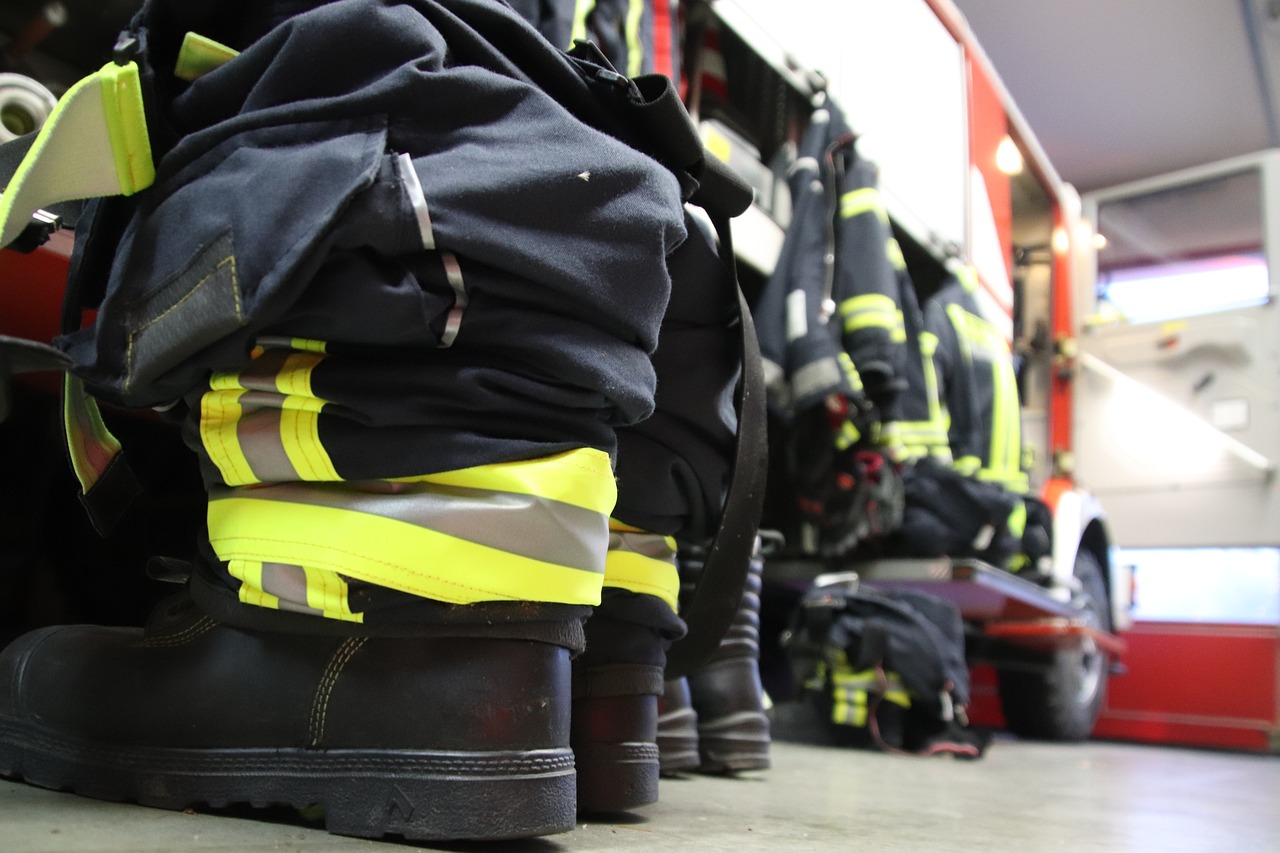Networks for fire safety alerts are crucial in ensuring timely and effective communication during emergencies. From smoke alarms in homes to interconnected systems in commercial buildings, having a robust communication network can significantly reduce the risk of fire-related injuries and damages. By exploring various communication channels, protocols, and technologies, we can create a comprehensive network that efficiently disseminates fire safety information to the necessary parties. Let’s probe into the important components and strategies for building a strong communication network dedicated to fire safety alerts.
Understanding the Basics of Fire Safety Communication Networks
Components of a Fire Safety Communication Network
For a fire safety communication network to be effective, it must consist of various components that work together seamlessly. These components include fire alarm control panels, smoke detectors, heat detectors, emergency communication systems, and notification appliances.
Types of Alerts in Fire Safety Systems
For a fire safety system to effectively communicate alerts, it must be equipped to detect different types of emergencies. These emergencies can range from smoke detection to gas leaks and more. The system must be able to notify occupants and emergency responders promptly to ensure a quick and coordinated response.
| Types of Alerts | Description |
|---|---|
| Smoke Detection | Detects smoke particles in the air, indicating a potential fire. |
| Heat Detection | Monitors for sudden rises in temperature, signaling a fire may be present. |
| Gas Leak Detection | Identifies the presence of hazardous gases, such as carbon monoxide. |
| Emergency Communication | Allows for direct communication with building occupants during emergencies. |
| Notification Appliances | Activates audible and visual alarms to alert occupants of a potential threat. |
Designing a Fire Safety Alert System
Assessing Fire Risks and Communication Needs
Any effective fire safety alert system begins with a comprehensive assessment of potential fire risks and the specific communication needs of the building or area in question. This evaluation should take into account the type of building, its occupants, potential fire hazards, and the most effective methods for communicating alerts.
Integrating Technologies for a Multichannel Approach
Assessing the available technologies and integrating them for a multichannel approach is crucial for ensuring that fire safety alerts reach everyone in a timely and effective manner. This can involve utilizing a combination of alarm systems, text messages, emails, social media alerts, and public address systems to create multiple layers of communication.
Another important aspect to consider when integrating technologies is ensuring compatibility and redundancy in case one method of communication fails. By combining various technologies, you can create a robust fire safety alert system that can reach a wide audience in the event of an emergency.
Implementation and Testing of the Fire Safety Network
Installation and Configuration of Fire Safety Communication Tools
For ensuring the effective functionality of a fire safety communication network, the installation and configuration of fire safety tools are paramount. Safety professionals should meticulously set up communication devices such as fire alarms, speakers, and monitoring systems to ensure seamless transmission of alerts in case of emergencies.
Regular Drills and Testing Protocols
On a regular basis, it is imperative to conduct drills and testing protocols to validate the reliability and performance of the fire safety network. These drills should simulate real-life emergency scenarios and involve all stakeholders, including employees, residents, and emergency responders, to ensure everyone is well-prepared to respond effectively in the event of a fire.
Implementation of regular drills and testing protocols not only helps in identifying potential weaknesses in the communication network but also aids in familiarizing individuals with the emergency procedures. Through consistent testing, safety professionals can refine the fire safety network and ensure that it is optimally functional at all times.
Maintenance and Upgrades for the Communication Network
Conducting Periodic Assessments and Updates
To ensure the proper functioning of the communication network for fire safety alerts, it is necessary to conduct periodic assessments and updates. This includes regular checks on equipment, software, and infrastructure to identify any potential issues or areas that need improvement. By staying proactive in these assessments and updates, you can ensure that your communication network remains reliable and effective in emergency situations.
Training Personnel and Educating Occupants
Maintenance of a strong communication network also involves training personnel and educating occupants on how to effectively utilize the system. Personnel should be trained on the proper procedures for sending and receiving alerts, as well as troubleshooting common issues. Educating occupants on how to respond to alerts and evacuate safely is crucial for maximizing the effectiveness of the communication network during emergencies.
Periodic drills and training sessions should be conducted to ensure that everyone is familiar with the communication network and knows how to respond in case of a fire emergency. By investing in ongoing training and education, you can enhance the overall safety and efficiency of your fire safety communication network.
Summing up
With this in mind, it is imperative for communities to build a strong communication network for fire safety alerts to ensure timely dissemination of critical information that could save lives and property. Leveraging various communication channels such as mobile alerts, social media platforms, sirens, and community forums can help reach a wider audience and increase response rates in the event of a fire emergency. By prioritizing effective communication strategies and fostering collaboration among residents, emergency services, and local authorities, communities can enhance their overall preparedness and resilience against fire hazards.


